
Teeth whitening doesn’t have to hurt! 🦷
If you’re dreaming of a whiter smile but worried about sensitivity or gum irritation, here’s the good news: PAP (Phthalimidoperoxycaproic acid) is the breakthrough ingredient for pain-free at-home whitening.
Let’s explore why PAP is a smart, science-backed solution for safe and effective whitening. 😁
PAP is a non-peroxide whitening agent designed for gentle, pain-free home use to brighten teeth effectively.
✅ No deep oxidation
✅ No sensitivity
✅ No enamel damage
👉 PAP works only on the surface of the teeth, lifting stains without penetrating or weakening the enamel, making it ideal for safe home whitening.
Unlike hydrogen peroxide, PAP:
It’s a real teeth whitening innovation for safe, at-home use. 🏡
📉 PAP doesn’t reach the dentin, where nerves are more exposed.
🔒 This means no pain, no tingling – just comfort and clean results, perfect for pain-free home whitening.
🫧 PAP is soft on gum tissue and won’t cause irritation like traditional peroxide-based whiteners, ensuring pain-free whitening at home.
⏱️ Notice whiter teeth after just a few applications – no need for long treatments.
🏠 Perfect for pain-free at-home whitening without dental visits.
🦠 PAP helps reduce plaque and supports better oral hygiene while whitening.
🌍 PAP doesn’t create harmful byproducts and is safe to use often, even for people with sensitive mouths, making it excellent for frequent pain-free home whitening.
💧 PAP won’t dry out enamel like peroxide can – your white smile looks natural and lasts longer.
🔬 Clinical studies confirm that PAP:
It’s a sensitivity-free teeth whitening innovation that delivers real results, backed by research.
Maximize results with these simple tips:
📌 Follow application instructions – don’t leave it on longer than needed
☕ Avoid stain-causing foods/drinks like coffee or wine for 30 min after use
🪥 Brush and floss daily to maintain that radiant smile during your pain-free at-home whitening routine.
Choose PAP if you want:
✅ A whiter smile without sensitivity
✅ No gum irritation or pain
✅ Safe, science-based whitening
✅ A comfortable at-home routine focused on pain-free whitening
Then yes — PAP is the whitening breakthrough you’ve been waiting for! 🎉
✨ With PAP, you get:
💚 At neen, we use PAP in our Bright Bands whitening strips and Bright Beam LED kit — giving you effective, science-powered whitening with zero compromise on comfort or enamel safety for pain-free home use.
🔬 Try a pain-free whitening solution that actually works, and join the movement toward better, brighter smiles at home!
Share it by
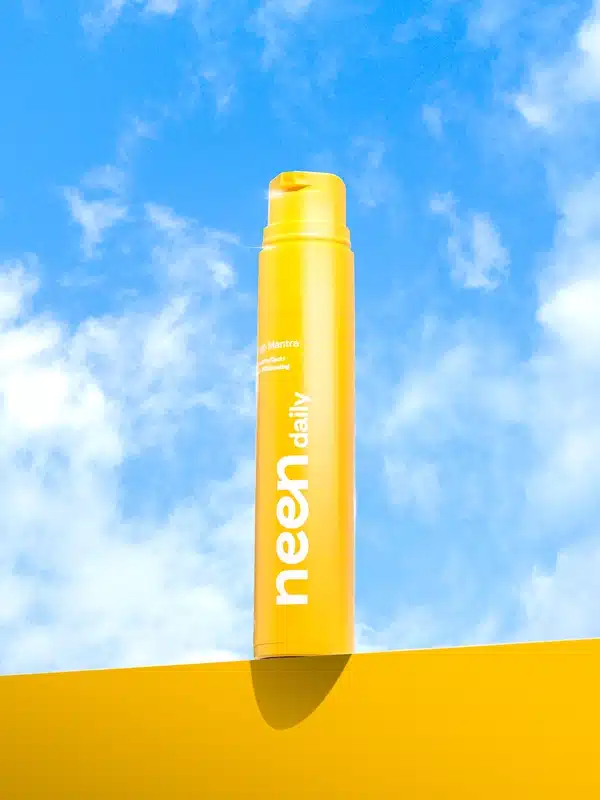
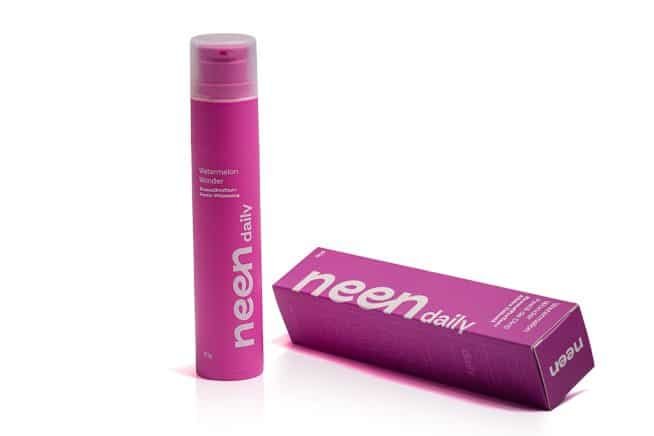

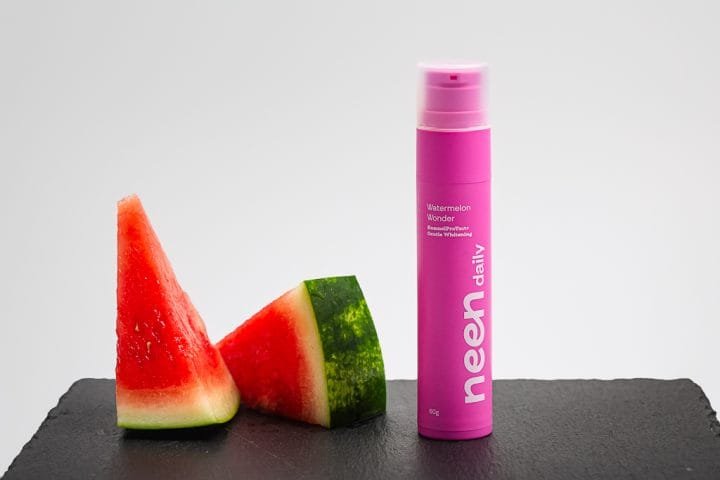
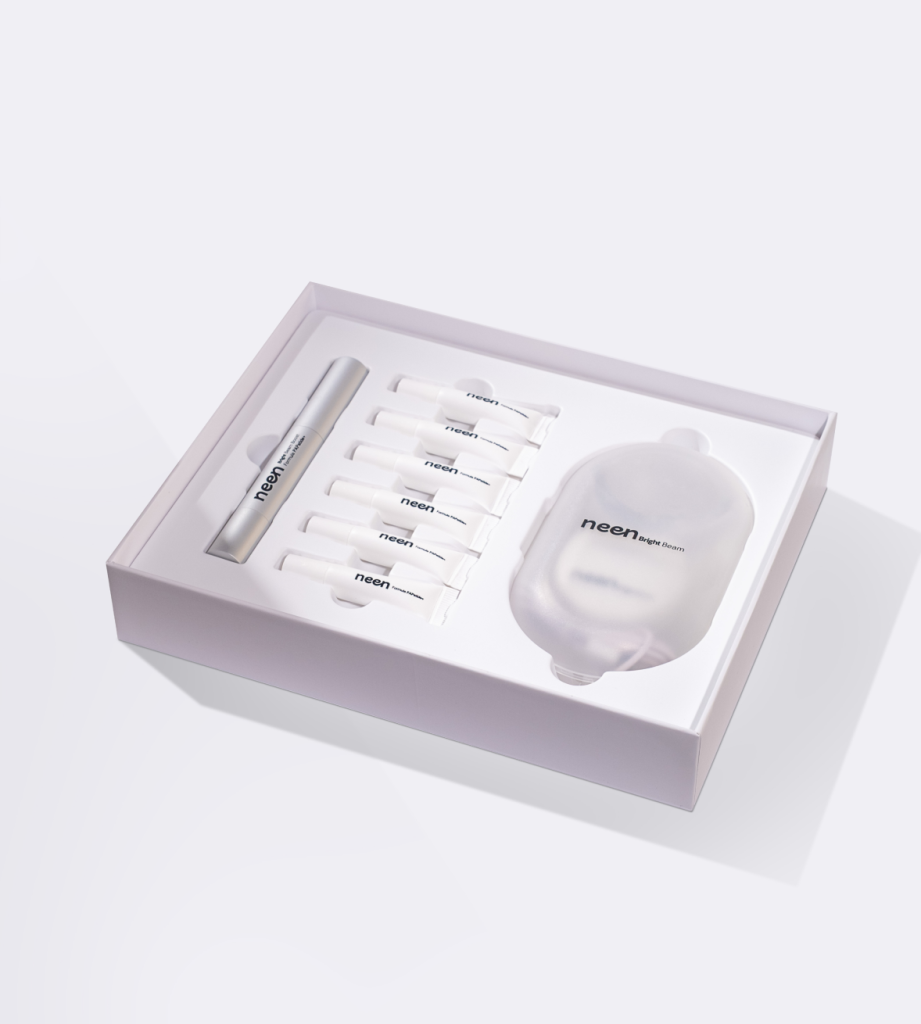





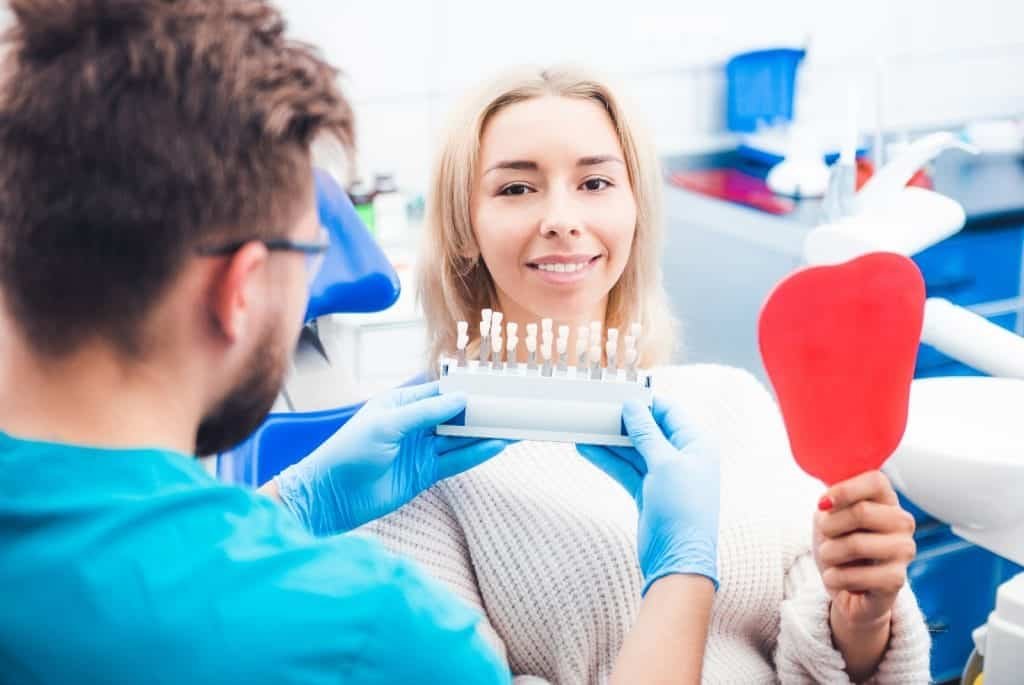

Whether it’s the fun flavors for kids or the gentle yet effective whitening gels for adults, every neen product is designed to put your smile and health first.